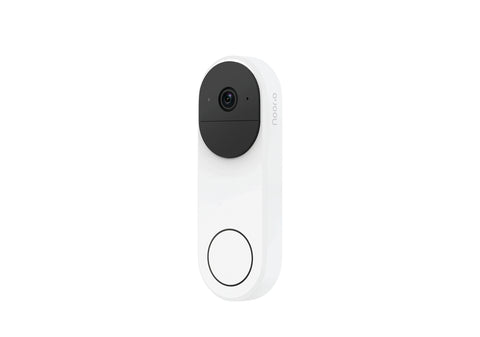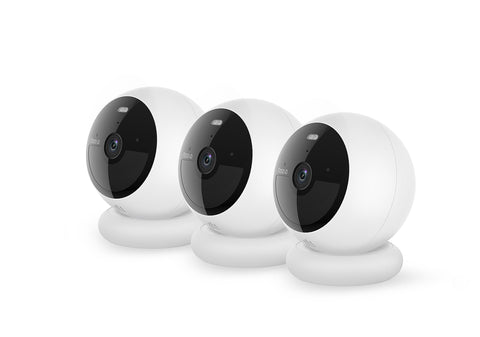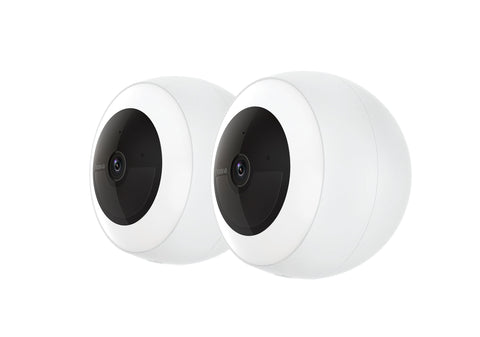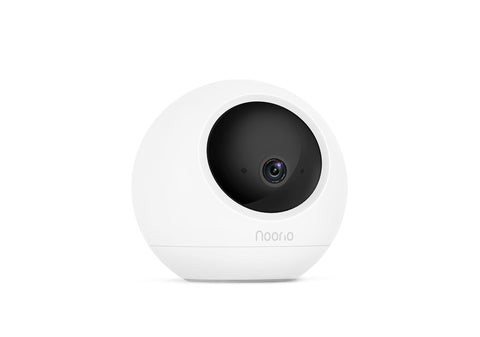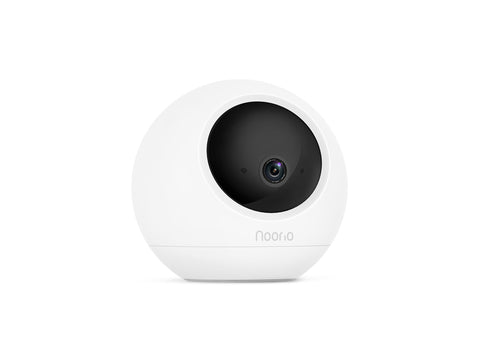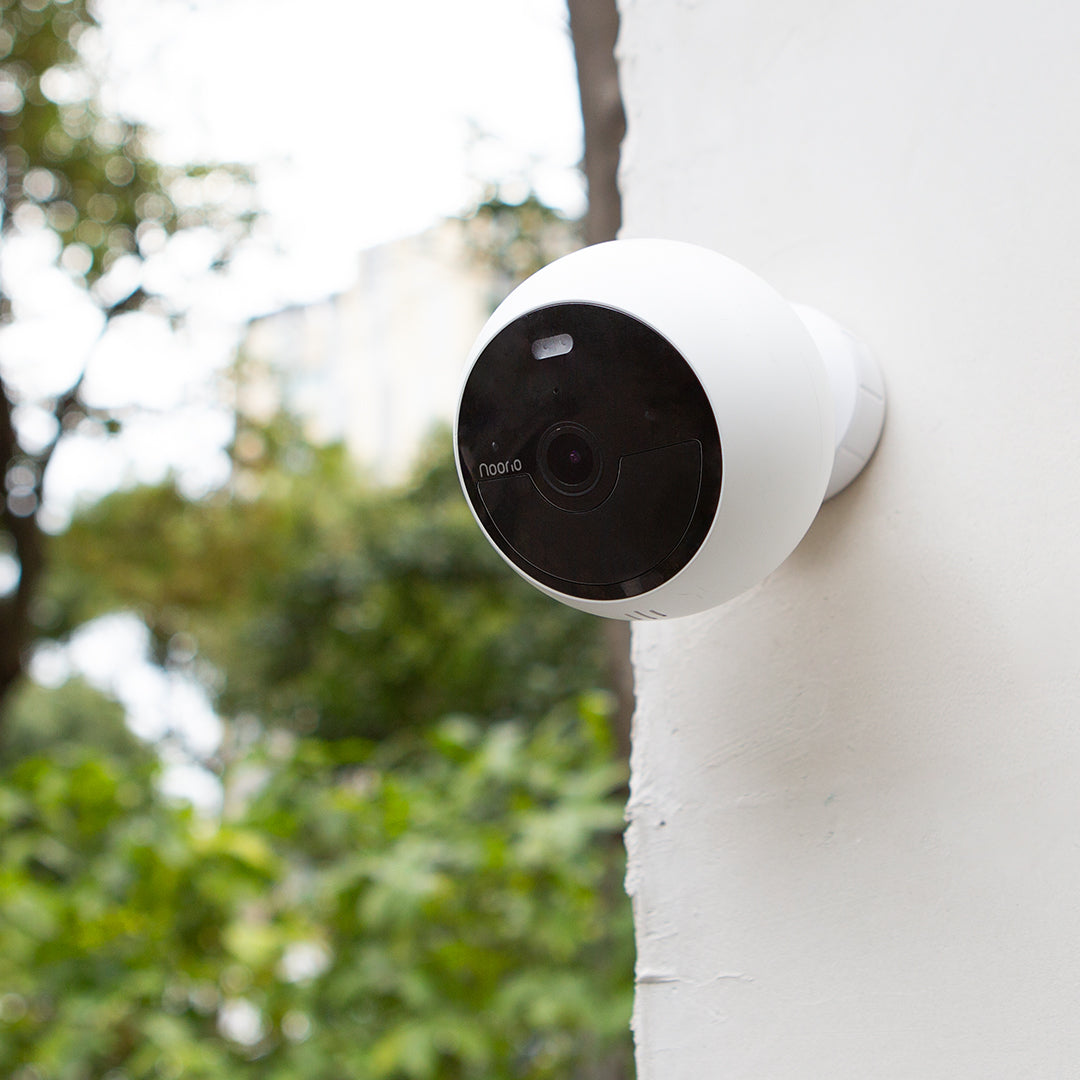Introduction
Video doorbells have become very popular among homeowners looking to boost their home security. These smart doorbells give you instant notifications when someone approaches your door and lets you see and speak with visitors from your phone, even when you're not home. With all these features, it's natural to wonder - do you still need security cameras if you already have a video doorbell?
While video doorbells provide excellent visibility of your front door area, they have limitations compared to full home security camera systems. This article will examine the key differences between video doorbell cameras and traditional security cameras to help you decide if investing in additional security cameras is worthwhile for monitoring your home.

Pros of Video Doorbell Cameras
Video doorbells offer some great security benefits:
- Capture video and audio of anyone who approaches your door. When the doorbell detects motion, it will send an instant alert to your smartphone and record video of visitors. This allows you to screen people and communicate through a speaker, even if you're away.
- Motion-activated recording. The doorbell camera will only record when it senses movement rather than filming continuously. This saves bandwidth and storage space.
- Real-time notifications. Get alerts on your phone immediately when the doorbell camera detects a person. This allows you to respond quickly.
- Smart features. Higher-end models have package and facial recognition, two-way audio, and integration with smart locks and lighting.
For monitoring your front entrance, video doorbells pack a lot of useful security functionality into one device. However, they have some limitations when relied on as your only security camera.

Cons of Using Only a Video Doorbell Camera
Limited field of view, blindspots, no interior monitoring, and WiFi dependency make a standalone video doorbell camera insufficient for full home security.
- Limited field of view. Doorbell cameras point in one direction toward your door area. They don't cover other exterior areas or inside your home.
- Can't see other approaches. Visitors can come and go from other doors, windows, or even the side/back without ever coming near the doorbell's line of sight.
- No interior room monitoring. A doorbell camera can't see inside to monitor rooms, entryways, and hallways while you're out. Only indoor security cameras can provide this view.
- WiFi dependency. If your WiFi goes down, the doorbell also loses connection and won't record or send alerts. Security cameras with local storage options continue recording events even during an outage.
- Privacy Concern. Some privacy & data security concern about video doorbell camera: Data Security and Privacy Gaps Found in Video Doorbells by Consumer Reports' Tests
Pros of Adding Security Cameras
Traditional wired and wireless security camera systems provide complete, wide-angle coverage of your interior and exterior. Here are some key advantages security cameras have over relying solely on a video doorbell:
- Wider field of view. Security cameras have a wide 120-170 degree field of view to cover more ground compared to a doorbell's limited directional view.
- Flexible placement. Cameras can be positioned to monitor backyards, side entrances, windows, and any vulnerable areas a doorbell misses.
- Can see inside when you are away. Indoor cameras let you look inside your home while you're out to view rooms and hallways and check on pets or kids.
- Continues recording during WiFi/power outages. Many security systems have backup batteries and the option to save footage locally if the internet goes down.
- Night vision capability. Most security cameras have infrared night vision, allowing them to record in total darkness. Doorbell cameras typically rely on ambient light.
- Smart detection features. High-end models have intelligent detection like human vs. vehicle vs. pet detection, reducing unnecessary alerts.
- Syncs with alarm system. Security cameras can integrate with home alarm systems, triggering recording if an alarm sounds.
More pros: Benefits Of Security Cameras for Remote Area Families

Types of Security Cameras to Consider
If you decide to expand beyond just a video doorbell, there are many types of security cameras to suit your monitoring needs. By the way, we highly recommend you buy from Noorio, which is one of the famous security camera providers.
- Indoor cameras - Designed for interior rooms, these can be wired or wireless. It is good for monitoring entryways and living areas and checking in while away.
- Outdoor cameras - Weatherproof cameras mounted outside to watch driveways, backyards, exterior doors, and more. Both wired and wireless versions are available.
- Wired vs. wireless cameras - Wired cameras provide continuous power and data through a cable but require professional installation. Wireless cams are quick to install.
- Pan-tilt-zoom cameras - PTZ cameras can remotely pan, tilt, and zoom in on details. Great for monitoring large areas.
- Night vision cameras - Models with infrared LEDs can see up to 25+ feet in total darkness. Essential for exterior locations.
- Smart cameras - High-end cameras have artificial intelligence like human detection, facial recognition, auto tracking, and behavior analysis to reduce unnecessary motion alerts.
Tips for Placing Security Cameras
Proper camera placement is crucial to get the most out of your security system. Here are some tips:
- Cover all entryways - Position cameras to view exterior doors, side/back doors, and interior entryways to know when someone enters.
- Monitor vulnerable windows - Side and back first-floor windows that may be broken into should have cameras.
- View driveways, garages, and yards - See vehicles or people approaching from other areas not covered by your doorbell.
- Ensure complete interior coverage - Cameras in hallways and living spaces let you look in on your home when away.
- Avoid indoor privacy concerns - Don't place cameras in private bedrooms and washrooms. Notify roommates/family of any indoor cameras.
- Choose strategic outdoor spots - Mount in inconspicuous spots that provide wide coverage but are hard for intruders to tamper with or disable.
- Ensure 24/7 power for wired cameras - Wired cameras need constant power. Install near outlets or use a PoE (power over ethernet) switch.
- Test wireless camera signal strength - Ensure your WiFi router provides strong coverage to wireless camera mounting locations to avoid signal drops.
Conclusion
While video doorbells provide helpful visibility of your front door area, they have significant blind spots in coverage a full security camera system can fill in if your goal is comprehensive monitoring of your home's interior and exterior while away or overnight; invest in a complete wireless or wired security camera setup.
The decision ultimately depends on your home's layout, size, and security vulnerabilities. Smaller homes or apartments may get by fine with just a video doorbell. Larger homes with many entrances/yards, ground floor windows, private interior spaces, and outbuildings can benefit from wide-angle security cameras providing complete visibility when it matters most.
Consider your home layout, security risks, and budget to determine what additional cameras may be worthwhile beyond your existing video doorbell. With smart technology and wireless connectivity improving video quality and ease of use, adding several indoor/outdoor security cameras is an increasingly affordable way to provide true 24/7 monitoring over your property.
